Since then, he's been snapping photos of commuters in cities across the world — from Shanghai to London. Instead of glamorous travel photos, Raucher's thoughtful subway images give viewers a gilmpse of what every day life in like in these metropolitan areas: what people are wearing, how they're interacting, and, of course, what the interiors of the public transit systems look like across the world.
His new book, "Metro: Scenes from an Urban Stage" contains 50 photos that let viewers inside over 15 different transit systems. Ahead, a selection of images from Raucher's book, and his thoughts behind the work.
"I began doing candid photography of people in public spaces in 2006, and Itook my first metro photos in Paris as I traveled around the city in 2007," Raucher told.

Line 4 near Les Halles, Paris
The main source of inspiration for Raucher is observing human interaction on the subways.

Line 2 at Klabin, São Paulo
"I always look for human interactions — connections, disconnections, emotions of all sorts — that provide a glimpse into the human condition," he said.

Line 1 near People's Square, Shanghai
While photographing this project, Raucher attempted to remain incognito.

Line 1 near Museo, Naples
"I tried to be a discrete observer and not influence the situation at hand," he said.
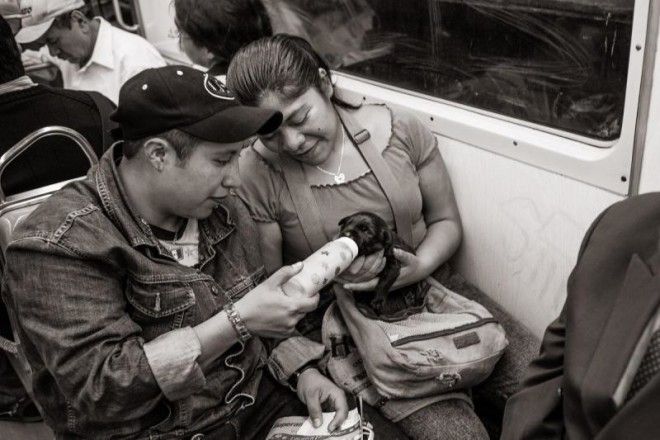
Line 3 near Coyoacán, Mexico City
"I would always have my camera hanging around my neck in plain sight, but I seldom would raise it to my eye in order to take a photo," he said.
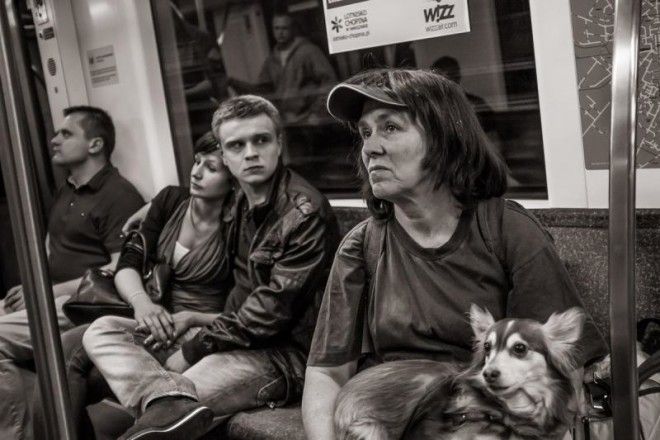
Metro 1 near Swietokrzyska, Warsaw
"People on the subway are often lost in thought as they go about their journeys," he said.
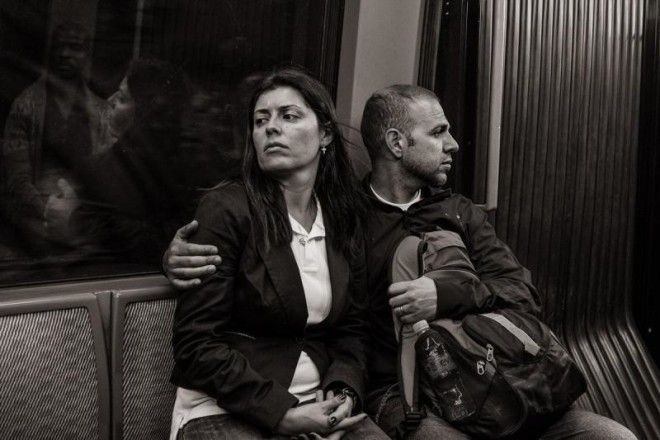
Line 4 near Étienne Marcel, Paris
Together, the entire series reflects both human disconnection, and at times, "tender connections" between commuters.
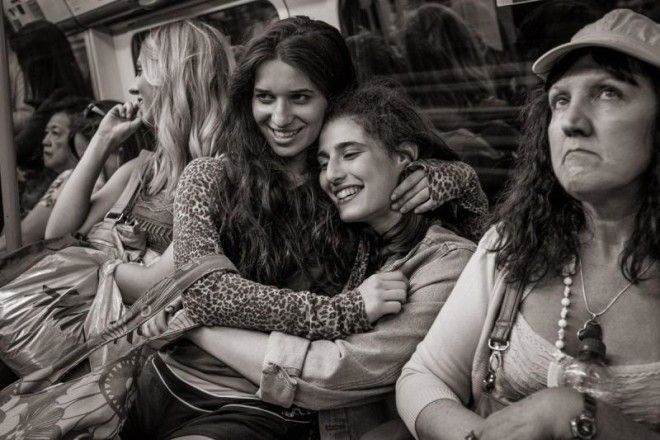
Piccadilly Line near Hyde Park Corner, London
Raucher also depicted a "sense of longing" in some of his images.
Advertising
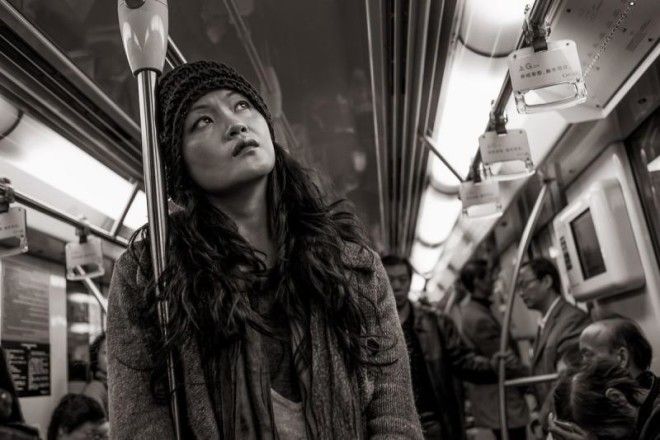
Line 2 near Lujiazui, Shanghai
When asked what each subway says about a culture, Raucher said, "I prefer to let viewers draw their own conclusions."
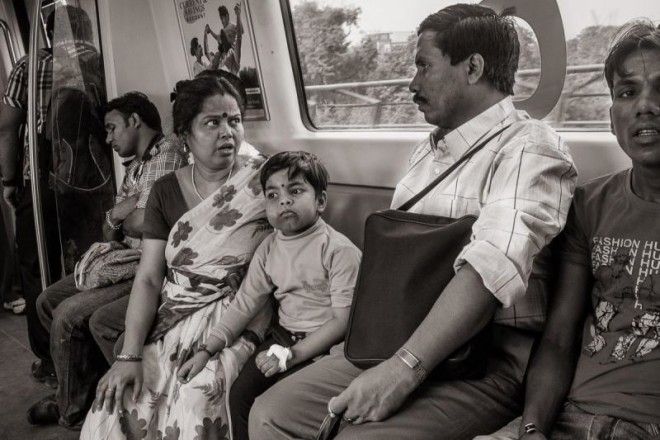
Blue Line near Karol Barg, Delhi
"Although there are some differences in the behavior and demeanor of passengers in various cities, it seems that the similarities generally outweigh the differences. Without the captions or external clues such as printed signs, most people might have a difficult time determining where a particular photo was taken," he said.
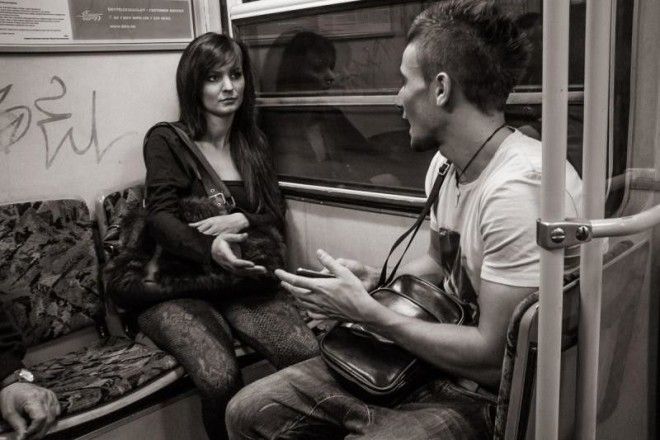
Metro 1 near Bajza Utca, Budapest
Marlaine Glicksman, who wrote an essay to accompany the book, describes Raucher's work: "He’s drawn towards moments internal and intimate...interactions startling only in how universally commonplace – how human – they are, in how the very publicness of riding a subway can give way to moments of intimacy at all."

Belleville Metro Station, Paris
Glicksman goes on, "Raucher’s focus is not the dramatic actions that usually capture our consciousness and newspaper headlines."
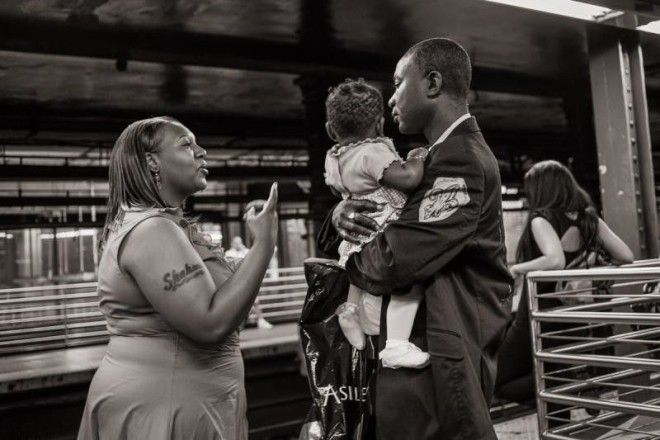
Atlantic Ave MTA Station, Brooklyn
One of Raucher's favorite images graces the cover of the book. "The subway is a wonderful location to observe human behavior. It truly is an Urban Stage with a constantly changing cast of characters, each with their own roles to play," he says.
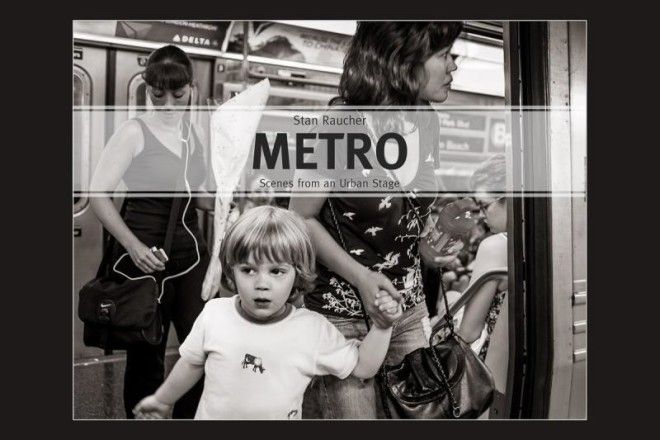
The B Train at 42nd St, Manhattan

